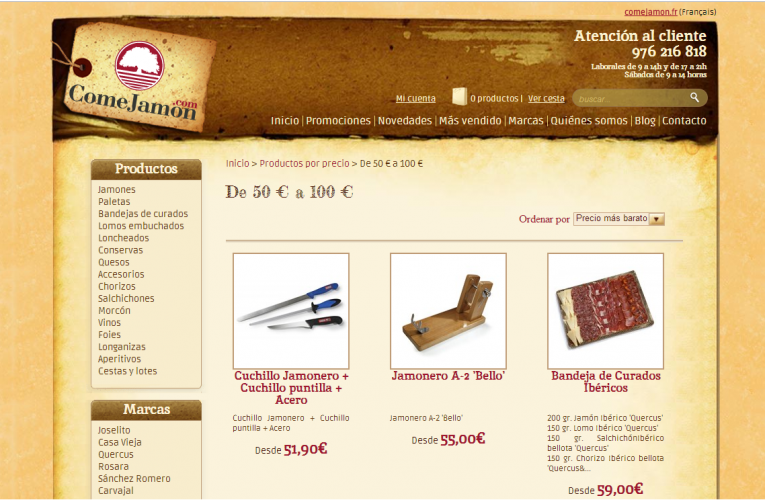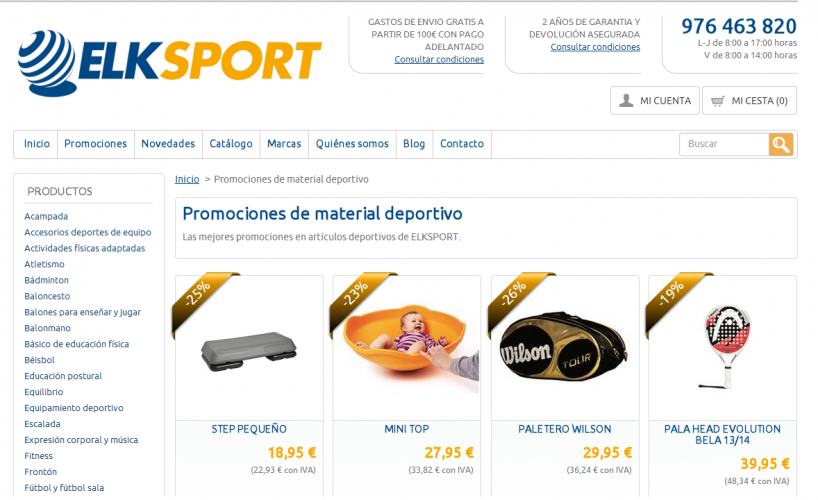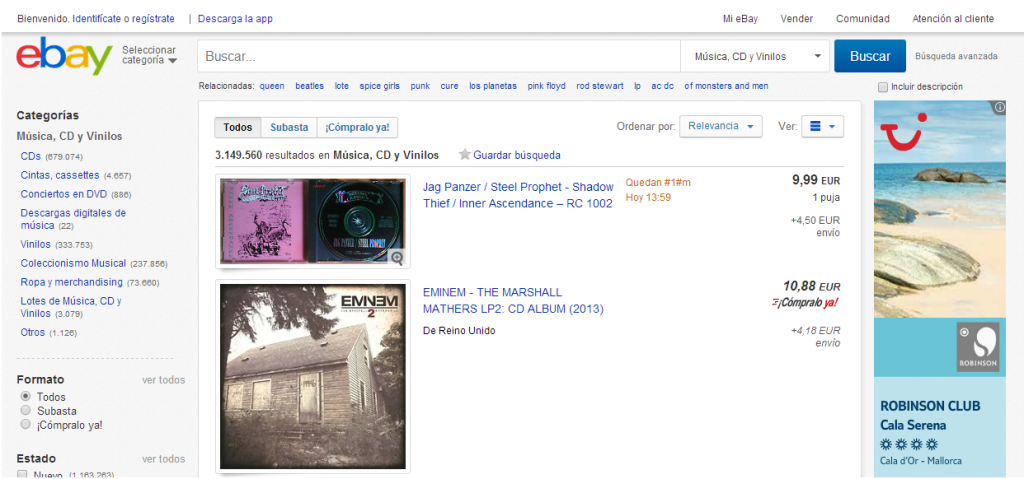Written by Fernando Maciá
Index
E-commerce has the function of complementing the different offline commerce models existing in the market.
Online stores are going through a boom period in our country. Often as a complement to the physical stores of a brand and other times, starting from an exclusively online business base that, if successful, may well expand to reach our streets.
However, there are still a large number of companies that do not have an online store. In this way, these businesses lose a great opportunity to increase their turnover and prevent the easy approach to their potential customers offered by a medium such as the Internet.
Whether you have a physical store and want to make the leap to the online world or if you want to start a business on the Internet and you have not defined a business model, we explain the 4 most common types of e-commerce in Spain:
- B2C, from business to consumer.
- B2B, business to business.
- C2C, consumer-to-consumer.
- B2E, from business to employees.
Let’s look at each one in detail:
Type of B2C e-commerce: from business to consumer
The most common type of e-commerce is the B2C (Business to Consumer) model, which allows companies to offer their services and products directly to end consumers, without any intermediary.
The majority of users who shop online are looking for items at affordable prices. The B2C type of e-commerce allows your customers to make their purchases directly and conveniently while being exposed to being found by potential customers who would otherwise find it difficult to do so.
But it is important to be very clear about who we are targeting, who needs our services or products and, above all, it is essential to capture the attention of that segment that is most likely to make up our group of potential customers. An example of a B2C e-commerce model would be Comejamón’s online store, which sells a variety of charcuterie products, wine…

Advantages of the B2C e-commerce model
In the B2C business model we can differentiate, on the one hand, the advantages obtained by the customer and, on the other hand, the benefits obtained by the company.
In terms of customer benefits, we could highlight the following:
- You can make your purchases from anywhere thanks to the online store, without having to go to a physical store.
- Consumers can easily and quickly compare different market prices.
- Obtain accurate information regarding the status of your acquisitions.
- You can consult all the information related to the services or products through catalogs, forums, videos…
Similarly, the company would also have a number of advantages:
- You obtain a lower infrastructure cost.
- You can target a more geographically distant audience.
- The brand has the possibility to interact directly with end consumers, favoring feedback. In this way, you will be able to know directly what the customer’s behavior and needs are.
- It reduces inventory levels and improves inventory management, as well as the management of sales and purchasing processes.
Type of B2B e-commerce: business to business
B2B e-commerce refers to the various transactions carried out between two or more companies. Generally, this model is widely used by businesses that frequently need suppliers, as well as by companies dedicated to the import and export of products. An example of a company based on the B2B type of e-commerce would be ElkSport. This company supplies, especially to gyms, sports clubs and schools, everything necessary to practice any sport.

Advantages of the B2B e-commerce model
The B2B e-commerce business model offers numerous advantages, some of which are:
- Reduces costs.
- Saves time.
- Expand the market.
- Centralizes supply and demand.
- Increases control over purchases.
Type of e-commerce C2C: consumer-to-consumer
The C2C type of e-commerce refers to transactions and exchanges made between consumers. An example of C2C was originally Ebay. Ebay started out as a platform where individuals carried out different transactions: sale of second-hand, original, collector’s items… However, today it presents a mixed model in which both companies and individuals participate.
Other examples of today’s C2C model could be the Wallapop or Depop applications.
Advantages of the C2C e-commerce model
The advantages of the C2C e-commerce business model are diverse. Among them we can highlight:
- The possibility of offering products and services easily and quickly.
- Market expansion. This C2C model offers us the opportunity to sell or buy products and services to people who are geographically distant, a situation that would not be possible by any other means.
- Reduces management and advertising costs and minimizes human error
- Thanks to the C2C model, we also do not need our own infrastructure.
Type of B2E e-commerce: from the company to the employees
The B2E type of e-commerce refers to business relationships established between companies and their employees. So they both benefit from their relationship. An example of the B2E e-commerce model is used by the company AVON, which offers its distributors the opportunity to purchase AVON products at a discount that varies according to the sales volume achieved by the distributor in question. All this through its online store.

Advantages of the B2E e-commerce model
The B2E model for e-commerce offers numerous advantages to both companies and their employees.
Advantages obtained by the companies:
- Increased employee loyalty. Employees can access the advantages offered by the company to purchase its products when they have been working for the company for a certain period of time.
- Encourages the employee to consume the company’s products.
Benefits to employees:
- They purchase the company’s products with a series of discounts.
- They can pay for the company’s products by deducting the price from payroll. In this way, they do not need to have money at that moment to be able to buy the products they want from the company.
As you can see, there are multiple options to adapt your offline business to the online environment. E-commerce and traditional commerce are two independent models that, nevertheless, form a perfect combination if you know how to develop them well. So, if you have a traditional commerce make the leap to online and if you still don’t have it choose which e-commerce model is the most suitable for your company and start selling on the Internet.

